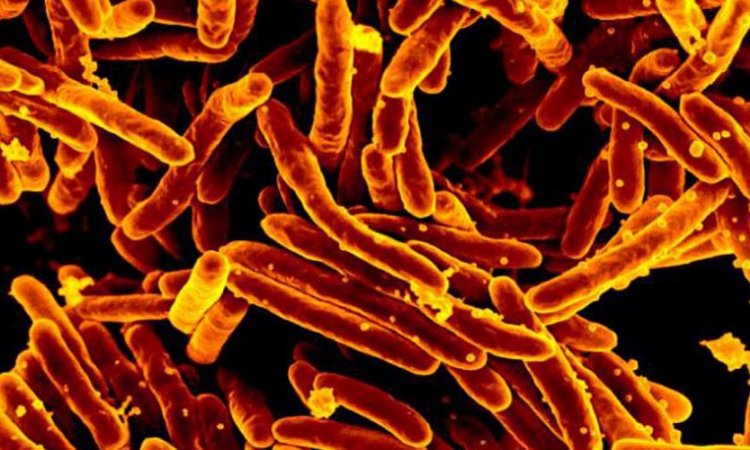News • Infections
Tuberculosis: new substance to counteract antimicrobial resistance
Antimicrobial resistance is on the rise worldwide. This is becoming a problem for infectious diseases like tuberculosis as there are only a few active substances available to combat such diseases.
Pharmacists at Martin Luther University Halle-Wittenberg (MLU) have now found a way to increase the efficacy of a common tuberculosis agent while, at the same time, reducing resistance to it. The research group presents its latest developments in the international journal "Molecules".
Tuberculosis (TB) is a disease transmitted by the bacterium Mycobacterium tuberculosis and it often affects the respiratory tract. TB is usually treated with antibiotics. "Increasingly, however, bacteria are developing a resistance to common antibiotics," says Professor Andreas Hilgeroth from the Institute of Pharmacy at MLU. If a patient does not respond to the standard treatment, stronger substances are required, which are sometimes accompanied by stronger side-effects. But bacteria can also become resistant to these stronger antibiotics. If a bacterial strain is resistant to several antibiotics, it is termed multi-resistant tuberculosis. In 2016, the World Health Organisation (WHO) recorded 490,000 cases of multi-resistant TB.
If this pumping mechanism is blocked, or at least hindered, inside the bacteria, this could improve the efficacy of current drugs
Andreas Hilgeroth
To remedy this problem, the researchers from Halle pursued an alternative approach: Instead of developing a new active substance, they sought a way to improve the efficacy of the existing drugs. The tuberculosis bacteria defend themselves against the antibiotics by pumping the substances out of their cell interior before they can take effect. "If this pumping mechanism is blocked, or at least hindered, inside the bacteria, this could improve the efficacy of current drugs," Hilgeroth adds. The pharmacists developed a new chemical compound, combined it with conventional tuberculosis antibiotics and tested the effectiveness. They were able to demonstrate that the compound achieves very good results with the antibiotic isoniazid, and blocks the pumping mechanism in the bacteria. "This improves the effects of the isoniazid," concludes Hilgeroth.
Tuberculosis is one of the most common infectious diseases worldwide and often proves fatal. According to WHO estimates, about 1.6 million people died of the disease in 2016.
Source: Martin-Luther-Universität Halle-Wittenberg
24.05.2018










